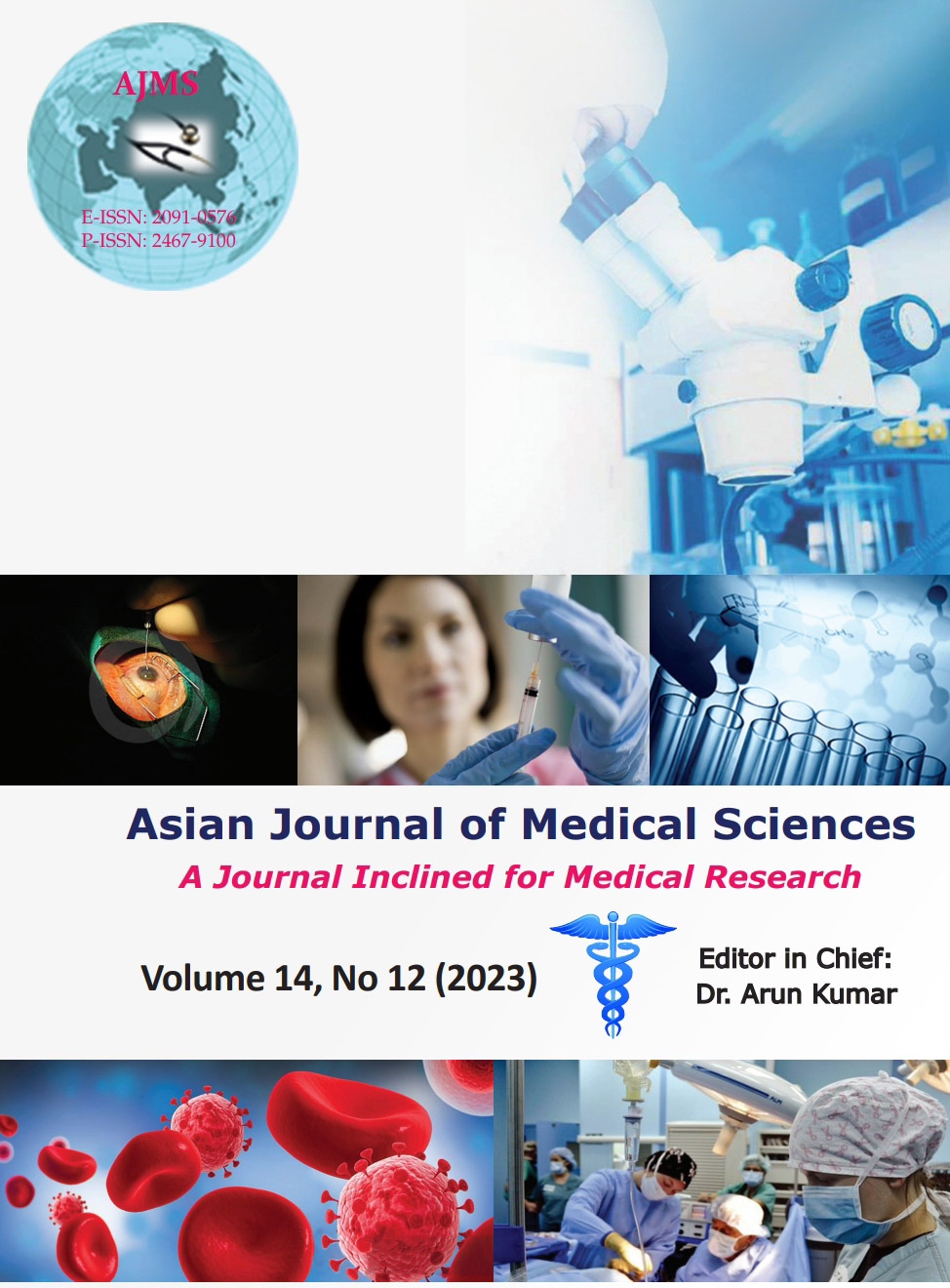Relationship between dermatoglyphics and blood group of male and female first-year medical students at Rama Medical College, Kanpur
Keywords:
Dermatoglyphics; Blood group antigens; Twins; MonozygoticsAbstract
Background: Apart from the flexion crease and secondary folds, dermatoglyphics is the scientific study of naturally existing epidermal ridges and their arrangement on the digits, palms, and soles. In medicolegal cases, fingerprints can be used to identify suspects, victims, and other people who touch a surface as well as to diagnose inherited diseases. ABO blood group is divided into A, B, AB, and O. ABO type is determined by two antigens and two antibodies. Due to the presence or absence of the D antigen, it is further divided into Rh-positive and Rh-negative.
Aims and Objectives: This study aimed to find correlation between ABO and Rh blood group with dermatoglyphic pattern in human beings.
Materials and Methods: The study was conducted among 107 medical students studying at RMCHRC, Kanpur, UP, India. Rubber stamp ink pads were utilized to smear each finger. Imprints were obtained, and each fingerprint pattern was inspected and documented using a strong hand lens on a sturdy white piece of paper.
Results: Among 1070 fingerprint patterns studied, the most common pattern observed was whorl. This pattern was present in 226 male’s digits (49.23%) and 233 female’s digits (50.26%), totaling to 459 forming 42.89% of the total patterns observed. B + blood group was the most common blood group present with whorl pattern, seen in 92 males and 99 females.
Conclusion: This study shows the association between the distribution of dermatoglyphics, ABO, Rh blood group, and gender.
Downloads
Downloads
Published
How to Cite
Issue
Section
License
Copyright (c) 2023 Asian Journal of Medical Sciences

This work is licensed under a Creative Commons Attribution-NonCommercial 4.0 International License.
Authors who publish with this journal agree to the following terms:
- The journal holds copyright and publishes the work under a Creative Commons CC-BY-NC license that permits use, distribution and reprduction in any medium, provided the original work is properly cited and is not used for commercial purposes. The journal should be recognised as the original publisher of this work.
- Authors are able to enter into separate, additional contractual arrangements for the non-exclusive distribution of the journal's published version of the work (e.g., post it to an institutional repository or publish it in a book), with an acknowledgement of its initial publication in this journal.
- Authors are permitted and encouraged to post their work online (e.g., in institutional repositories or on their website) prior to and during the submission process, as it can lead to productive exchanges, as well as earlier and greater citation of published work (See The Effect of Open Access).




